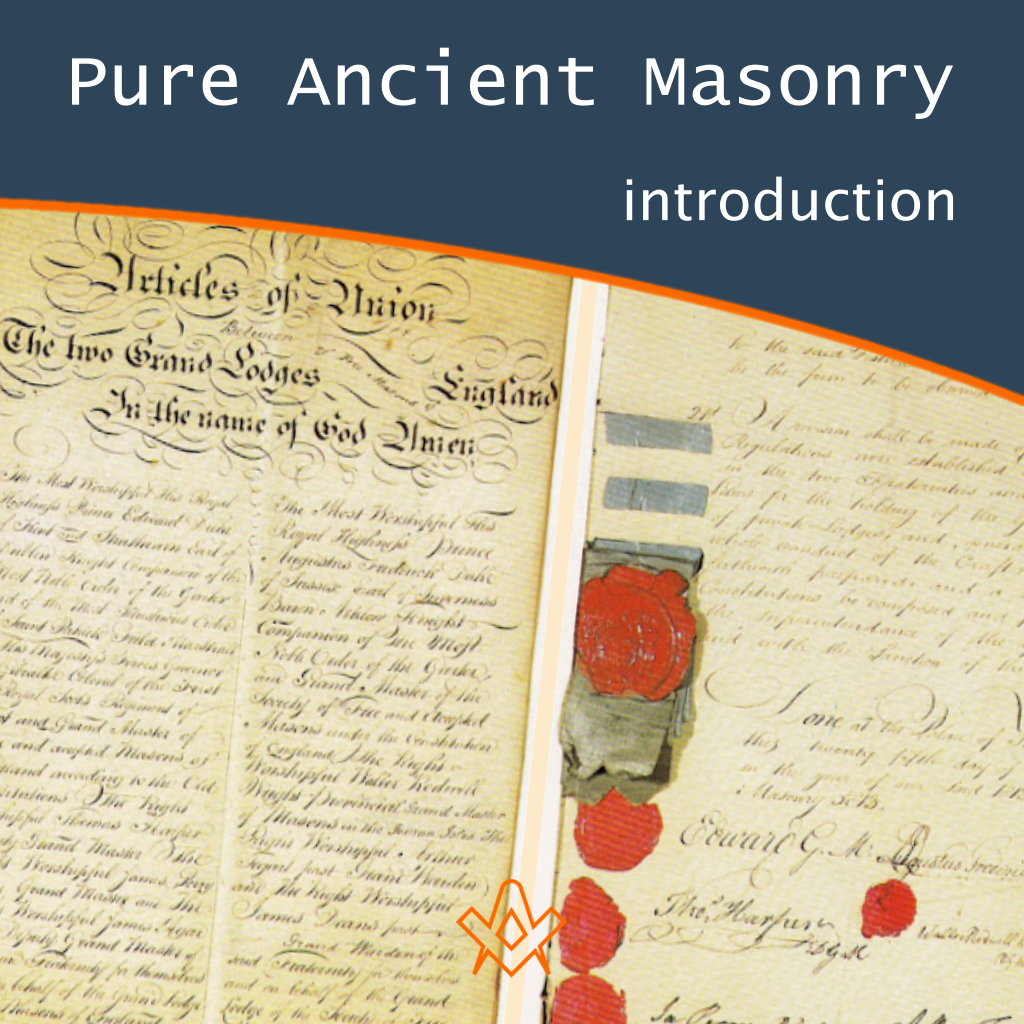‘A body without a soul?’
Pure Ancient Masonry consists of Three Degrees and no more, including the Order of the Royal Arch
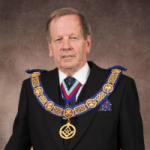
This series is a tribute the late W.Bro Rodney Lister Bass OBE, Provincial Grand Master/Grand Superintendent Essex, 2015-2020.
His leadership and guiding light, invited us to;
(i) enjoy our Freemasonry;
(ii) attract others to the Craft; and
(iii) for us [as Freemasons] to engage with our communities.
He had devoted fifty years as an elected representative in local government In January 2018, he attended a lecture titled, ‘Freemasonry an Advanced form of Citizenship’ and in response, indicated his respect for the proposition.
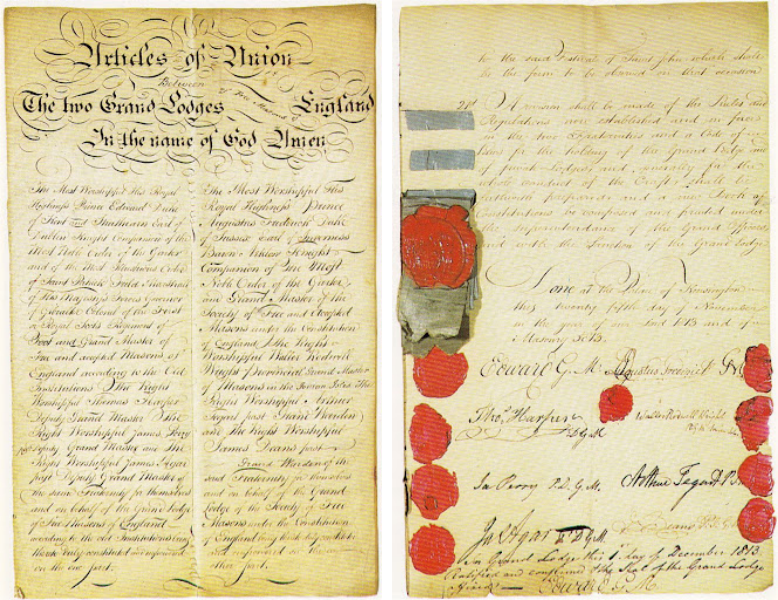
Gerald Reilly begins a new thought-provoking series on ‘conjoined’ Masonry and ‘the soul of the body Masonic’. The four-part series will consider the defining characteristics, lessons and benefits of Three Degrees, the Order of the Royal Arch and when conjoined, Pure Ancient Masonry.
This new series will include four parts:
Part 1. An entering apprentice: Building Better Communities
Part 2. A Fellow of the Craft: Building Better Knowledge
Part 3. A Master: Building Better Character
Part 4. A Companion in Oversight: Building a Better World
These four ‘building operations’ define the soul of the body Masonic.
To be of any Earthly use, relevant, freemasonries must engage with the world as it is becoming; not, as it is receding. It must address the ‘big questions of life’.
The four-part series will consider the defining characteristics, lessons and benefits of Three Degrees, the Order of the Royal Arch and when conjoined, Pure Ancient Masonry.
This is to be understood as a fraternal Order predicated on freemasonries being an enhanced form of citizenship and ‘building’ per above.
This will be expounded within the contemporary Post Truth genre. Semantics aside (degrees/orders/steps) Pure Ancient Masonry consists of four parts.
These must be experienced as a seamless oneness, between each: why not all in a Lodge opened in four stages?
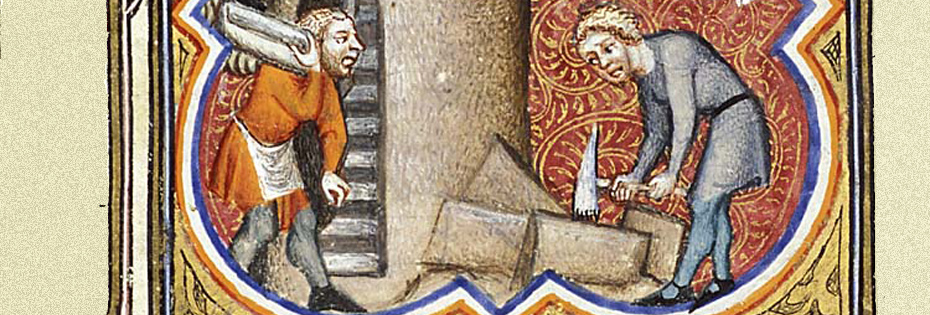
IMAGE LINKED: wikimedia Attribution 4.0 International (CC BY 4.0)
As ‘Building a Temple’ is the fundamental Masonic allegory for building better people to build a better world, it will be suggested that the soul of the body Masonic exists in the realisation of Pure Ancient Masonry through building better: – communities; science; character; and world.
An ‘Order’ is a group living out shared values; being received into an Order, usually, requires a formal, open, acceptance of its values and an oath/pledge/affirmation of loyalty thereto (compliance therewith).
This is initiation: it may be conducted in celebratory mode.
The series will seek to build on the priorities and loyalties – state, religion and Masonic – as identified by Professor Andrew Prescott in his, A Body Without a Soul, Philosophical British Freemasonry (freemasons-freemasonry.com).
This was a pejorative evaluation used c.1840/50s by some French masons to describe the freemasonry of their English ‘hosts’.
Additionally, the sixteenth-century rise of mathematically based scientific methodology led to a collision of interests, the series will look at how, ‘following the science’, was balanced against state and religious loyalties.
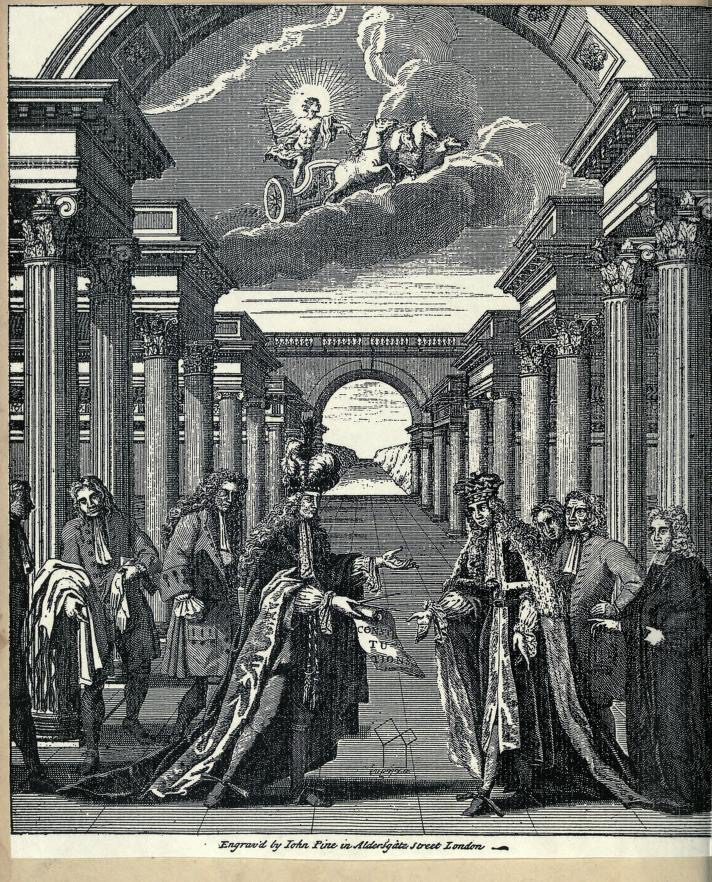
Book of Constitutions 1723 – UGLE
IMAGE LINKED: wikimedia Attribution 4.0 International (CC BY 4.0)
The first of ‘The Old Charges of Free and Accepted Masons’ (James Anderson, The Constitutions of the Freemasons’, 1723) is, Of God and Religion.
It excludes from Freemasonry ‘stupid atheists’ and ‘irreligious libertines’.
But of course, not every atheist is stupid and not every irreligious person is libertine; some, of either or both, have enviable intelligence and exemplary conduct.
How might this be recognised to ensure their Masonic inclusion?
The First Charge only requires Freemasons, ‘to be good Men and true, or Men of Honour and Honesty, by whatever Denominations or Persuasions they may be distinguish’d’.
One may be at a loss to understand how, from this beginning, the concept of a Masonic Christian-only prerogative ever emerged.
Are those of humanist or agnostic ‘persuasions’ excluded from ‘whatever’, and if so, how and why?
The ‘Second Charge’, Of the Civil Magistrate, requires Freemasons to be loyal to the civil powers that be.
In the 1723 original, the concluding paragraph discouraged Masons from rebellion but accepted that some might so desire. But, if conducted without breaking other laws, a ‘rebel’ must not be sanctioned by his lodge.
(Perhaps rebellion to be understood as ‘Most Loyal opposition’?) Yet, this paragraph in the Second Charge was not printed after 1799.
In 1723, the biggest threat to Britain’s ‘civil powers’ was perceived to be from Catholic Europe with its aspiration to restore the Stuart monarchy.
As this was shared in some British ‘high places’ it required a new understanding of loyalties, religion and state.
Freemasonry is a celebration of the work ethic; good work in the lodge-room translating into good works in the community.
The participatory citizenship of its members in terms of building better: communities, science, character; and world, constitutes the soul (identity) of the body Masonic.
Part 1 – An Entering Apprentice: Building Better Communities

Stone masons working on blocks of stone, making cisterns, columns, building parts etc. Woodcut by J. Amman
IMAGE LINKED: wellcome collection Attribution 4.0 International (CC BY 4.0)
Craftsmanship is technical, workmanship is ethical and when conjoined, the soul of the body, apprentice.
As an apprenticeship was precursory to citizenship and trading rights; knowledge of interdependence, charitability and state craftsmanship was also acquired.
These values were often realised through guild engagement becoming a template for urban governance and nascent freemasonries.
Part 2 – A Fellow of the Craft: Building Better Knowledge
Philosophia et septem artes liberales, the seven liberal arts. From the Hortus deliciarum of Herrad of Landsberg (12th century) By Herrad of Landsberg – Hortus deliciarum
IMAGE LINKED: wikimedia Attribution 4.0 International (CC BY 4.0)
The misteries of a stone mason commence with hewers and workers producing stones fit for building purposes – quarried rough ashlars worked smooth.
It develops with masons constructing in stone, in due form, and carving imagery and symbolism thereon. Craftsmanship; workmanship; artistry; and master (architect) in conjunction with clients. Mistery; Craft; Fraternity; Guild; all repositories of knowledge.
Concomitant with the sixteenth-century Protestant Reformation was a lessening of religion’s hold on philosophy.
Knowledge through scientific methodology was progressing and technologically applied, by masters and craftsmen, to manufacturing operations and processes. This created new tensions in loyalties.
For the Masonic craftsman, learning with scientific methodology is an alternative to humanistic created narratives.
It enables the identification of pseudo-science and a resolution of tensions.
Now, without fear of being burnt at the stake, at the behest of religion, a fellow of the Craft can ‘follow the science’ and celebrate ‘the Earth revolving on its axis in its orbit around the Sun’.
Part 3 – A Master Mason: Building Better Character
‘To Know Thyself is the beginning of wisdom’
– Socrates

Phrenology: Chart
IMAGE LINKED: wellcome collection Attribution 4.0 International (CC BY 4.0)
The figurative raising of the heroic body, Hiramic, demonstrates that confronting and overcoming challenges to Masonic loyalties enables progress from knowledge to wisdom.
And thus, with the potential to live without falsehood or dishonour – character.
Why, is the knowledge of the self that most interesting of all studies and how is that knowledge converted into wisdom?
Where were the nascent Masonic loyalties located during the Jacobite rebellion?
How were they balanced vis a vis the secret service fund of First Lord of The Treasury, Sir Robert Walpole; and, in eighteenth-century rebellions elsewhere, in which Masonic apprentices, fellows and masters were implicated? ‘Every spy a double agent’: whither the self?
Part 4 – A Companion in Rule: Building a Better World

The building of the temple at Jerusalem (Ezra 6.14). Etching by J. and J. Klauber
IMAGE LINKED: wellcome collection Attribution 4.0 International (CC BY 4.0)
Now a Companion and proclaimed, the citizen of an empire comprising ‘all the kingdoms of the earth’.
Through loyalty to native land and lowly participation in rebuilding the Temple, the apprentice, journeying through craftsmanship, workmanship and state craftsmanship is exalted.
Now a prince and ruler; truly, a worthy participatory citizen of the world.
Most freemasonries have existed in republican jurisdictions, without an established church.
This demonstrates that freemasonries, monarchy, and religion are not inextricably linked. However, as some British freemasonries are within a jurisdiction with a monarchical head of state and an established church, some level of deference is unsurprising.
If by constitutional means a republican party achieved a majority in the House of Commons, the Masonic toast in England – as required by the Second Charge -– would be to ‘The President and the Craft’.
If as part of the constitutional process, the Church of England was disestablished, English Freemasonry could worthily choose to support the restoration of heritage, medieval, ecclesiastical buildings.
Necessarily, the series will be located within the contemporary Post Truth milieu for readers of The Square to reflect on preserving, adapting, and sharing the values and benefits of Pure Ancient Masonry.
The series will suggest that the enhanced citizenship of Masons as practised through building better: communities; science; character and world, is the soul of the body Masonic.
Article by: Gerald Reilly

Gerald Reilly was initiated in 1995 into St Osyth's Priory Lodge 2063. Essex. England (UGLE).
He was a founder member of Josh Heller's Allthingsmasonic, and with Josh co-wrote 'The Temple that Never Sleeps' (Cornerstone Books, 2006) he is committed to the development of e-Freemasonry.
Awarded the Norman B Spencer Prize, 2016.

The English Masonic Union of 1813
By: John Belton
The bringing together of the Antients and Moderns to form the United Grand Lodge of England in 1813 was a tricky matter.
How all this came about is not just an English tale but an Irish and Scots one as well.
Complexities concerning ‘union’ included what to do about other masonic orders, especially the Royal Arch and the Knights Templar.
For the first time ever this account provides a birds-eye view of the issues and personalities behind one of the big events of masonic history still affecting us today.
“In this pioneering and stimulating book, John Belton tells with verve and enthusiasm the story behind the events which led up to the formation of the United Grand Lodge of England in 1813. Providing completely new perspectives on this key event in the history of British Freemasonry, John’s book will be of interest not only to freemasons but to all those who are interested in the contribution of Freemasonry to British culture and society.”
– Prof Andrew Prescott, Kings College London
Recent Articles: Pure Antient Masonry
 Pure Ancient Masonry; Introduction This series will consider the defining characteristics, lessons and benefits of Three Degrees, the Order of the Royal Arch and when conjoined, Pure Ancient Masonry. |
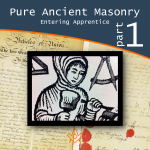 Pure Ancient Masonry; P1. An Entering Apprentice Part 1. An entering apprentice: Building Better Communities; Pure Antient Masonry consists of four parts. ‘Building the Temple’ is the fundamental Masonic allegory for building better people to build a better world |
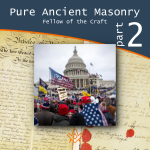 Pure Ancient Masonry; P2. A Fellow of the Craft Part 2: A Fellow of the Craft, Building Better Knowledge. Pure Antient Masonry consists of four parts. ‘Building the Temple’ is the fundamental Masonic allegory for building better people; this must be understood as a seamless whole: |
 Pure Ancient Masonry; P3. The Master, Building Better Character Part 3: The Master, Building Better Character - Being raised is a transition from knowledge to wisdom. |
 Pure Ancient Masonry; P4. A Companion in Rule, Building a better world Part 4: A Companion in Rule, Building a better world - The four parts of Pure Antient Masonry comprise the ‘body’ Masonic; they are the building blocks of the vital relevance, through enhanced citizenship, wherein the soul of Freemasonry abides. |
masonic knowledge
to be a better citizen of the world
share the square with two brothers

click image to open email app on mobile device


